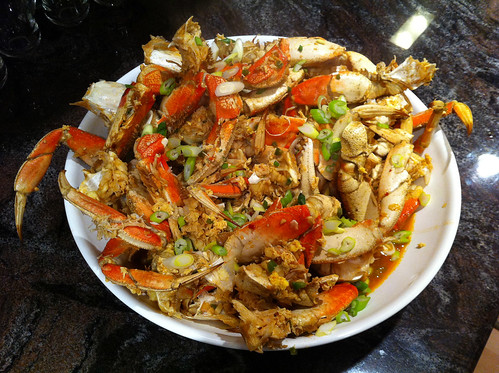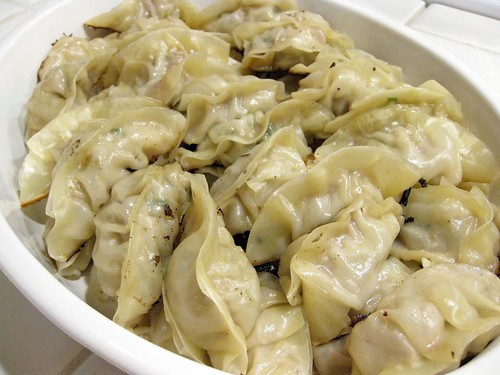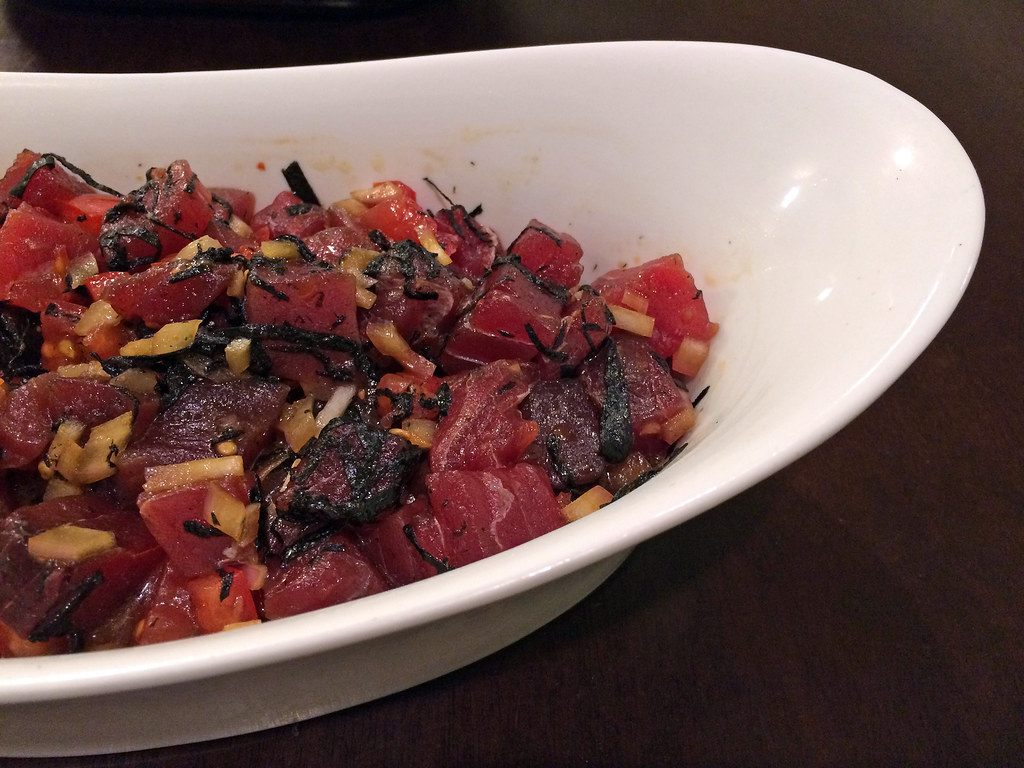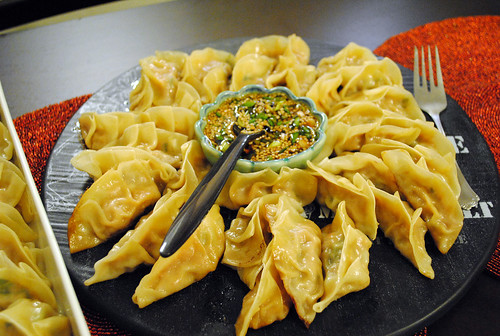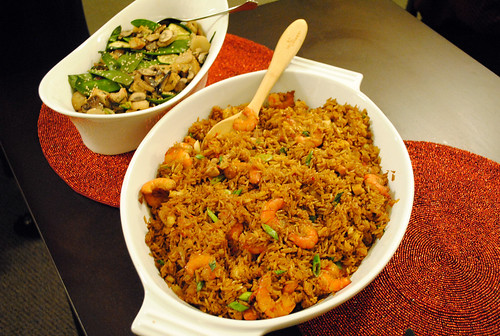I haven’t been to Singapore (yet), but it’s one of the countries (well, city-states) that I really want to visit. With one of the most diverse cuisines in the world, it’s a street food heaven offering Malay, Indonesian, Indian, and Chinese flavors and there really is something for every palette. If that doesn’t sound enticing, well, then I might be judging you.
One of my favorite Singaporean dishes is chili crab and it’s also one the most popular dishes in Singapore’s ubiquitous hawker stalls. The best time to make this in the Bay Area is when local Dungeness crab is in season; buy two or three because these will go fast. Chili crab is messy, spicy and saucy, but well worth the trouble.
Ingredients:
3/4 cup chicken broth
1/4 cup ketchup
2 tablespoons soy sauce
1 tablespoon chili garlic sauce
1 tablespoon rice vinegar
1 tablespoon sugar
2 Dungeness crabs, cooked and cleaned
2 tablespoons vegetable oil
2 tablespoons minced garlic
1 tablespoon minced ginger
1 red jalapeno chili, seeded and minced
1 egg, lightly beaten
1 green onion, thinly sliced
1. Mix chicken broth, ketchup, soy sauce, chili garlic sauce, rice vinegar, and sugar in a bowl and set aside.
2. Twist off the claws and legs from the crabs and crack them with a cleaver or mallet. Cut the body into 4 pieces.
3. Place a wok over high heat until hot. Add oil, swirling to coat sides. Add garlic, ginger, and chili; cook, stirring for 1 minute. Add crab and stir-fry for 2 minutes.
4. Add the sauce and reduce heat to low; cover and simmer, stirring once, until crab is heated through, about 5 minutes. Stir in egg and cook until it begins to set, about 1 minute.
5. Arrange crab pieces on a serving plate. Pour sauce all over and garnish with green onion.

